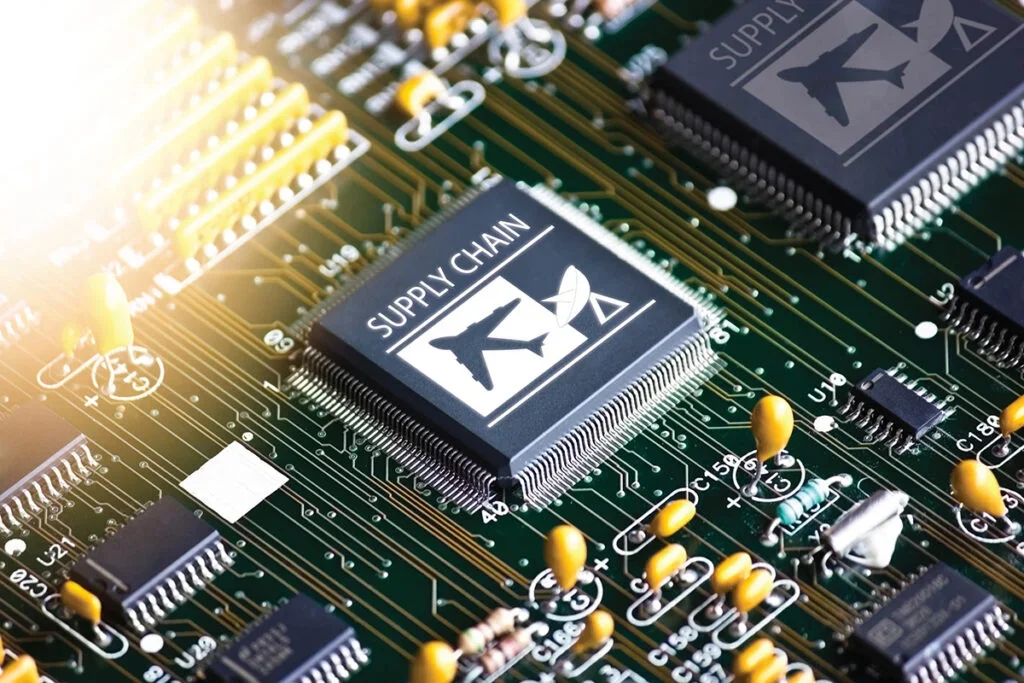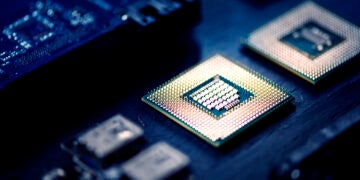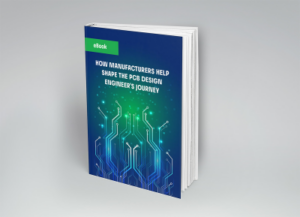
Electronic component lead times in 2025 will continue to depend on the supply chain resilience.
2024 was a welcome year of growth for the electronics industry. Based on industry projections, many manufacturers and distributors approached 2025 with tempered optimism. However, almost no one was prepared for the geopolitical upheavals that have emerged, leading most companies to adopt a wait-and-see approach and delay making long-term planning and growth decisions.
These changes come on the heels of the stifling supply chain delays for electronic components over the last few years. These issues, which were driven by a combination of factors, including the COVID-19 pandemic, which disrupted global manufacturing and logistics, and the increasing demand for electronics due to remote work, digital transformation, and the rise of electric vehicles, have not been completely alleviated. Consequently, key challenges, including electronic component shortages, delays in shipping, and a lack of raw materials, such as rare earth elements, are still significant concerns.
The outlook for the near future will likely be fraught with cost fluctuations and a shifting component sourcing landscape. These uncertainties will be impactful and have been incorporated into our electronic component lead times projections and analysis for 2025.
Electronic Component Lead Times for 2025: Current Estimates
According to the Lead Time Report from Sourcebility for the second quarter of 2025, lead times for major component groups are generally holding steady with earlier turnaround times. Current estimates are shown below.
| AVERAGE ELECTRONIC COMPONENT LEAD TIMES 2025 | |||
| Component Group | Common Devices | Average Lead Time* | |
| Passive | Capacitors, Resistors, Inductors | 34 weeks | |
| Discrete | Transistors, Rectifiers, Thyristors | 26 weeks | |
| Interconnects | Cables, Connectors, Contacts | 18 weeks | |
| Embedded Systems | Microprocessing Control Units (MCUs) | 26 weeks | |
| Logic | Programmable, ICs | 16 weeks | |
| Optoelectronic | LEDs, Infrared, Laser | 17.5 weeks | |
| Sensors | Pressure, Position, Accelerators | 31 weeks | |
| Electromechanical | Relays, Power Supplies, Micro-electromechanical Systems (MEMs) | 22 weeks | |
| Memory | DDR4, EEPROMs, Solid State Drives (SSDs) | 13 weeks | |
The lead times above reflect the mean between the shortest and longest lead times reported by semiconductor manufacturers. As shown, turnaround can be quite long, even for passives, which are arguably the most commonly implemented in electronics systems.
2025 Component Lead Time and Cost Projections
Probably, the greatest issue that PCB designers will have to contend with in 2025 is the volatility in electronic component costs. Many factors can influence the cost required to populate your boards. These include part material availability, utilization, obsolescence, and manufacturer reputation. All of these will likely be affected to some degree due to geopolitical trade restructuring from planned/implemented tariff changes.
Taking these issues into account, the table below sheds some light on how electronic component lead times and costs will change in the near future, according to major manufacturers.
| ELECTRONIC COMPONENT 2025 LEAD AND COST PROJECTIONS | |||
| Group | Lead Time Projection | Cost Future Projection | |
| Passive | ☝Increase | ☝Increase | |
| Discrete | 👉Remain stable or ☝Increase | 👉Remain stable or ☝Increase | |
| Interconnects | 👉Remain stable | ☝Increase | |
| Embedded Systems | 👉Remain stable | 👉Remain stable | |
| Logic | ☝Increase | 👉Remain stable or ☝Increase | |
| Optoelectronic | 👉Remain stable | 👉Remain stable | |
| Sensors | 👉Remain stable | 👉Remain stable | |
| Electromechanical | 👉Remain stable | 👉Remain stable | |
| Memory | ☝Increase | 👉Remain stable or ☝Increase | |
As shown above, optimism exists that lead times and costs for electronic components will remain relatively stable or increase moderately. In either case, it is important for PCB designers and engineers to adopt strategies to address component shortages, cost fluctuations, and evolving supply chains.
How to Optimize Component Lead Times
Direct costs for components are difficult for board designers and engineers to control. However, there are actions that PCB designers can take that can significantly reduce the negative impact of electronic component lead times, as shown below.
Guidelines for Optimizing Electronic Component Lead Times in 2025
- Select components from established manufacturers
- Employ component library best practices
- Source from reputable distributors
For IC manufacturers, it is important to understand the pain points engineers have as they navigate the volatile component selection and procurement landscape in 2025. Doing so, coupled with opting to be a PCB designer influencer, affords you one of the greatest opportunities to connect and engage with your target audience.
Read this eBook to learn more about influencing the PCB designer journey.
Discover how Ultra Librarian helps manufacturers. With services and resources tailored to streamline CAD creation and amplify part downloads, Ultra Librarian empowers manufacturers to boost productivity and drive part downloads. By leveraging these tools, manufacturers can achieve greater success in today’s competitive market landscape.








